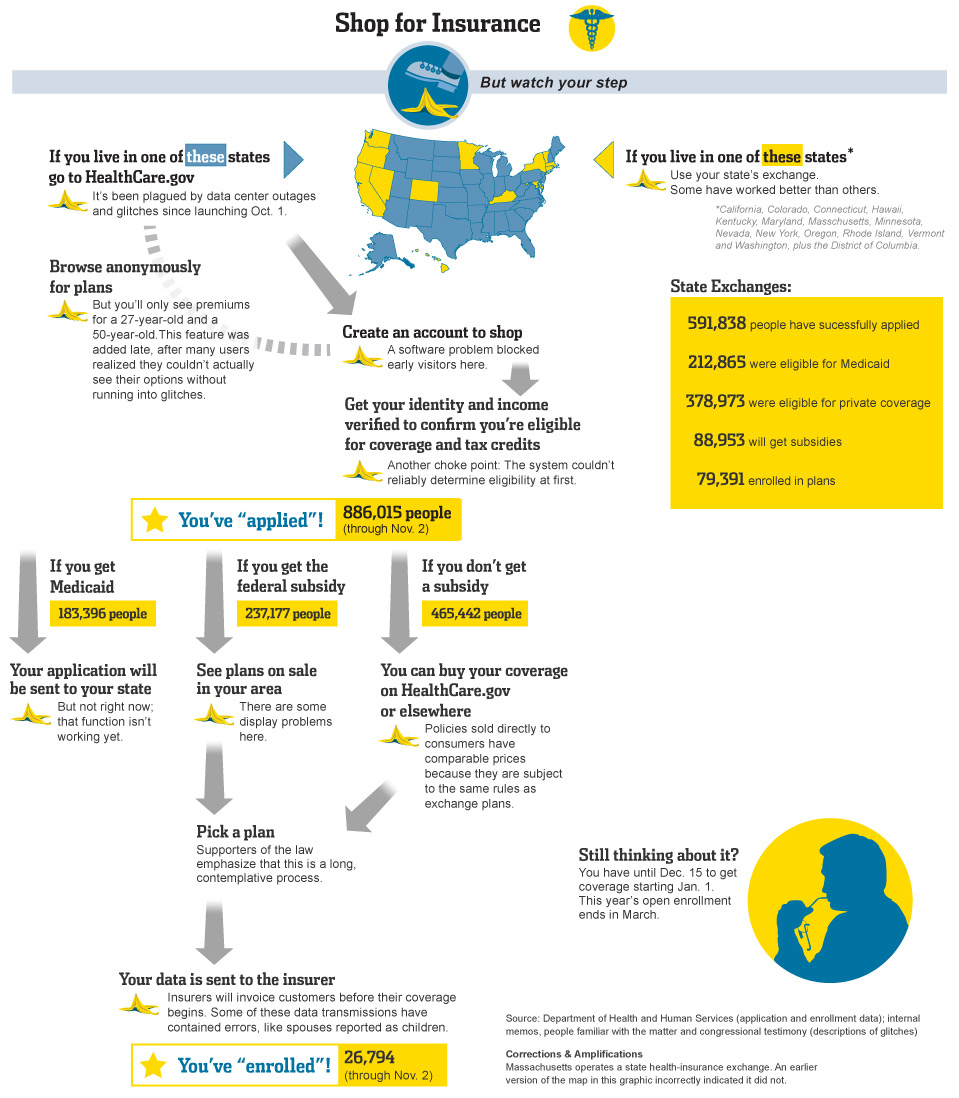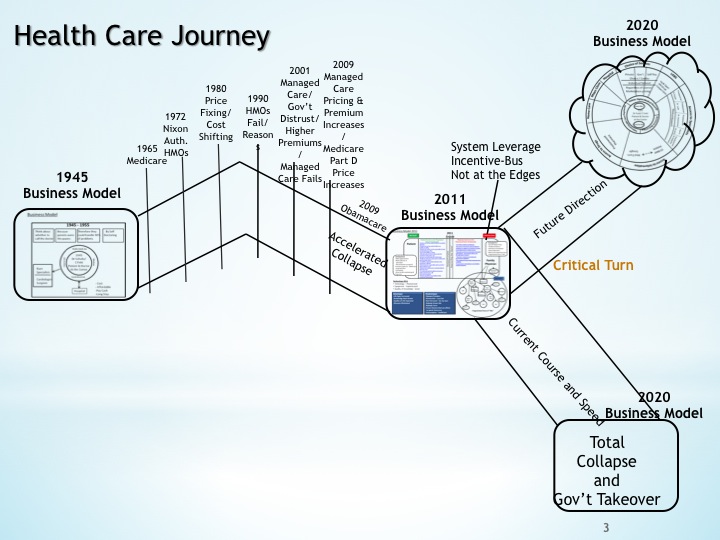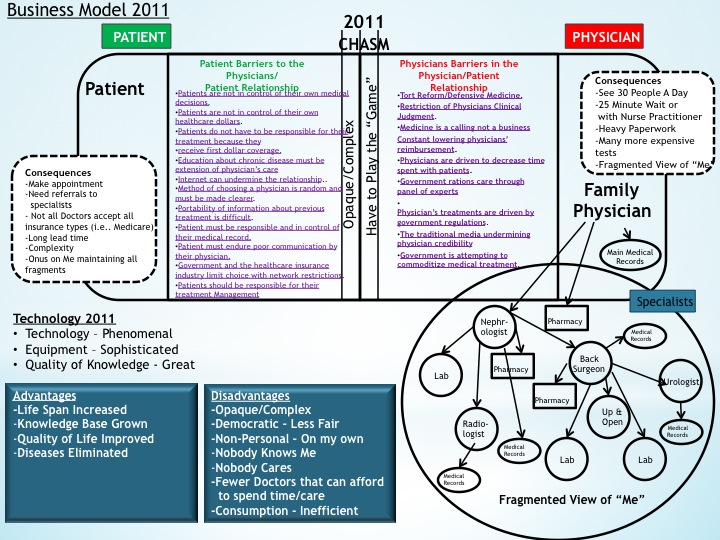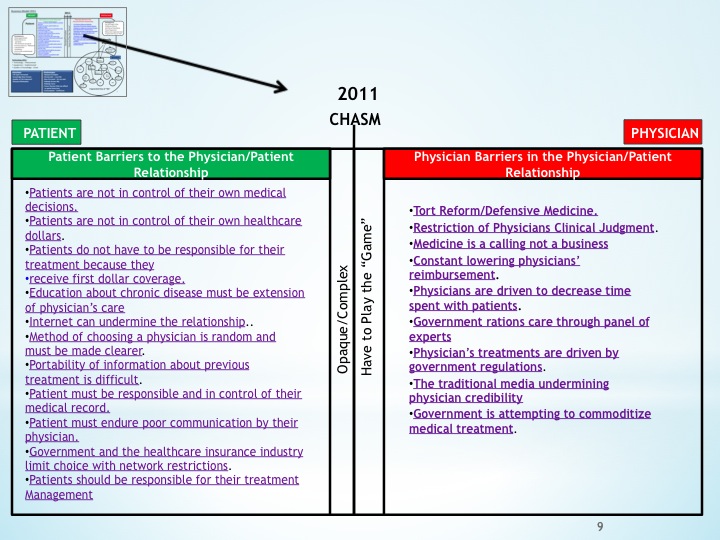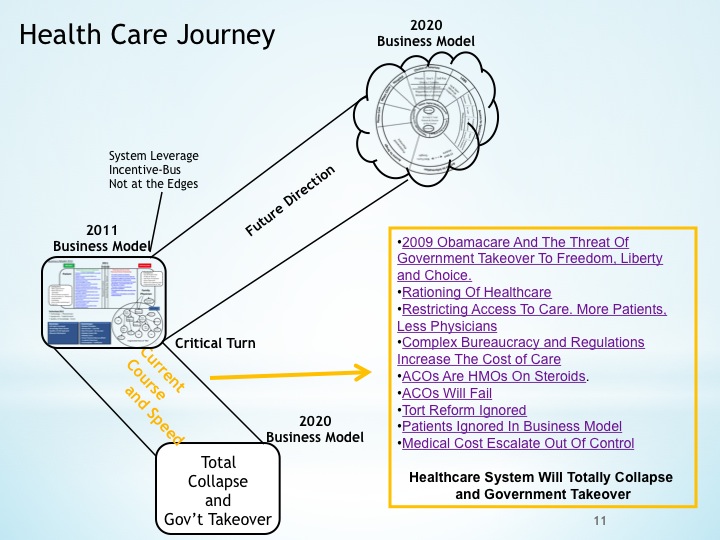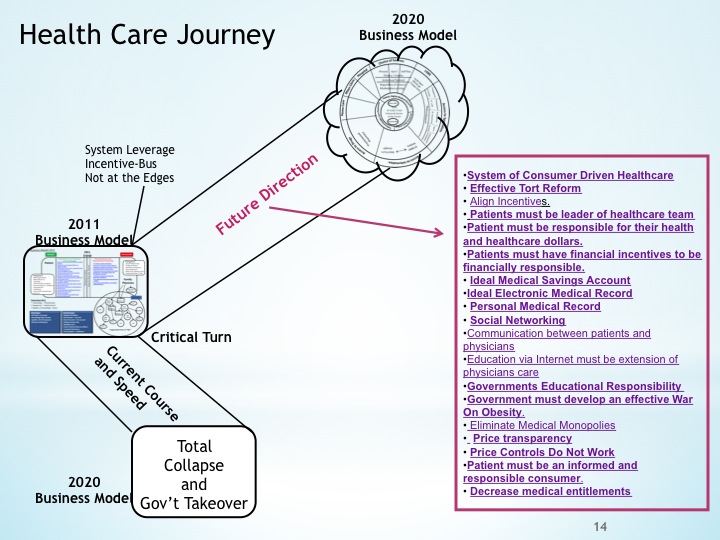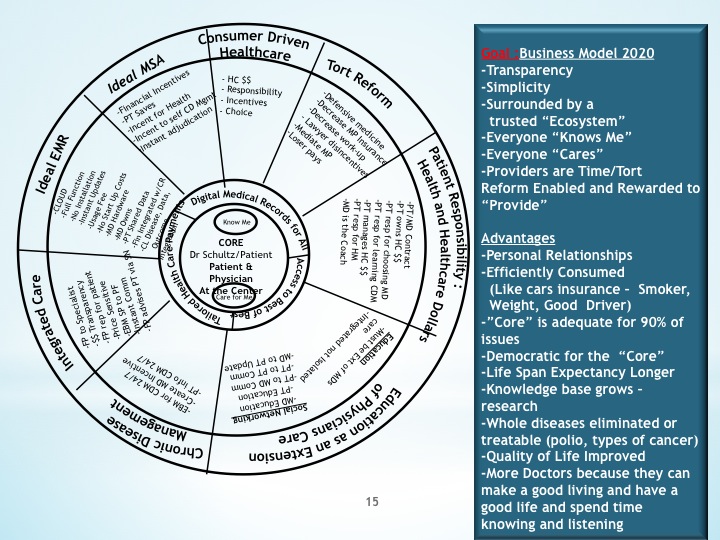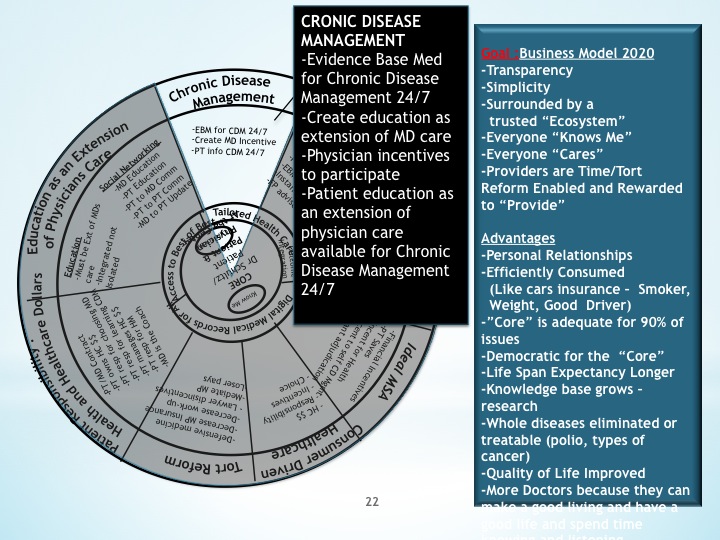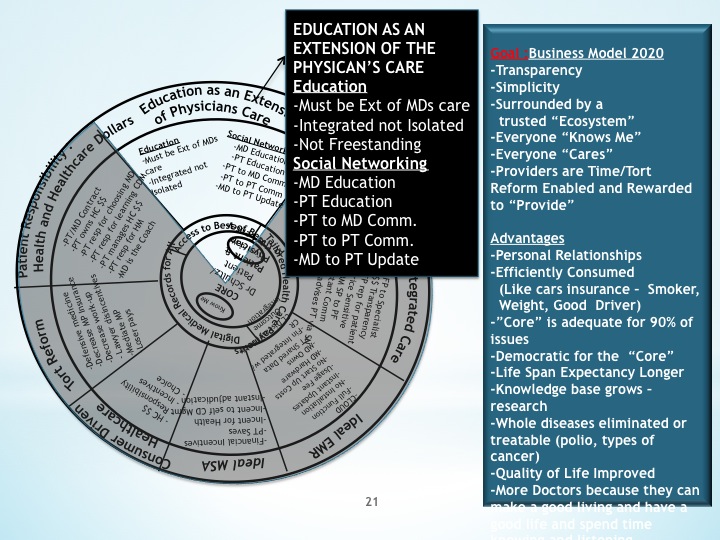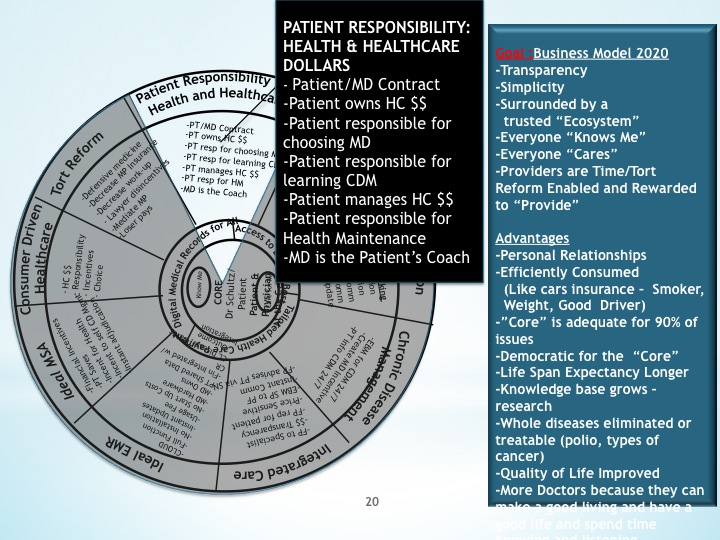CONGRESS DOES IT TO US, AGAIN
Stanley Feld M.D.,FACP,MACE
Americans have lived through scandal after scandal and lie after lie during the Obama administration.
None of the guilty parties have been penalized.
President Obama lied about Obamacare. “If you like your doctor you can keep your doctor.” “If you like your insurance plan you can keep your insurance plan.”
Yet Obamacare continues to destroy our healthcare system as well as our economy with unconstitutional changes in the law, lies, increased regulations and an expanded bureaucracy.
Notable scandals have included the Benghazi affair, clandestine weapons to Syria, red line foreign policy retreats, IRS scandals, the Clinton email scandal, and now the Iranian nontransparent nuclear agreement scandal. I can go on and on.
The traditional media does not report the details of the scandals. There is little complaining from the traditional media about these scandals that President Obama reports as insignificant.
The scandals last only a few news cycles. Most of the scandals are then ignored. There is hardly ever accountability from or punishment for the guilty parties.
Republicans just sit back and do nothing to expose the scandals.
The number of uninformed Americans amazes me. Government policies are mentioned but are deemed by progressives as being insignificant. There is hardly ever any correlation between the scandals and the effect on our budget deficit and our economy.
I think Americans are finally starting to get it. They are becoming fed up with the unbridled arrogance of President Obama and congress.
The government is shafting American taxpayers without anyone knowing it.
The most outrageous scandal in Washington has been kept under the radar and away from the press.
The House and Senate have both falsely certified themselves as small businesses in order to fund health insurance for themselves and their staff with taxpayer dollars, sidestepping provisions of Obamacare.
How did this happen? Why wasn’t this reported in the press?
When President Obama and the Democrats were rushing the health care law through Congress without even knowing what was in it, Chuck Grassley (R-IA) managed, with strong public support, to insert a provision in the law requiring members of Congress and their staff to purchase insurance through the new health care exchanges.
Senator Grassley’s goal was to have Congress and their congressional staffs have the same healthcare insurance experience that millions of Americans were going to have.
His hope was to create a strong incentive for Congress to make sure that President Obama’s new healthcare insurance system worked.
When congress and the congressional staff realized the cost of being in the healthcare exchanges and they needed to give up Medicare C, Congress’ special Medicare program, congressmen and their congressional staff bitterly complained to President Obama.
President Obama had the Office of Personnel Management (OPM) issue a rule in 2013 allowing Congress and congressional employees to once again have taxpayers continue pick up most of the cost of their premiums.
State and federal health insurance exchange rules do not permit employers of large organizations to pay the premiums for their employees.
“Like many Americans being dumped into Obamacare exchanges, members of Congress and their staff stood to lose their employer contributions – in this case, the generous financing of their health benefits by taxpayers that they had before the law passed and took it away.”
The OPM ‘s rule makes clear that congressional members and staff still can receive the contribution from the government even though they have purchased their insurance from their exchange.
Office of Personnel Management’s (OPM) changed the rule in 2013. The rule insulated these insiders from the premium increases of between $5,000 and $10,000 per person they would have otherwise faced if they were forced give up their taxpayer-subsidized policies and buy their insurance through the Obamacare exchanges.
This rule is illegal because it separates Congress and staff from the rest of the population. The only employers that can make contributions for their employees purchasing insurance through the exchanges are small businesses with less than 50 employees.
“There is no mechanism for employer contributions in the individual healthcare exchange market.”
“ That’s fraud.”
Judicial Watch obtained these false documents in Freedom of Information Act litigation.
However, the documents were heavily redacted including the names of Senators and Representatives who signed these false documents under penalty of perjury.
The blatantly false documents stated that the Representatives and Senators each have only 45 employees. The congressional staff is not an individual Representative or Senator’s employee. They are government employees.
The employer, the federal government, has more than 49 employees and is not a small business.
“The House and Senate have both falsely certified themselves as small businesses in order to fund health insurance for themselves and their staffs with taxpayer dollars, sidestepping provisions of Obamacare.”
An important question the public has to know the answer to is which Senators and Representatives signed the false declaration.
“Senator David Vitter (La.), chairman of the Senate Small Business Committee recently tried to subpoena the documents in which the false declarations were made, but he ran into strong bipartisan opposition.”
Senator Vitter wanted to know how the House and Senate, with thousands of government employees, came to be officially designated as small businesses. He wanted to know who signed the false documents and have his committee question these representatives.
Fourteen (14 of the 19) members of his committee objected to Senator Vitter proceeding with the subpoena of documents.
Democratic senators on Senator Vitter’s committee all voted in lockstep to keep the signed documents a secret from the American people.
They are: Jeanne Shaheen (N.H.), Maria Cantwell (Wash.), Ben Cardin (Md.), Heidi Heitkamp (N.D.), Ed Markey (Mass.), Cory Booker (N.J.), Chris Coons (Del.), Mazie Hirono (Hawaii), and Gary Peters (Mich.).
Republicans on the committee who voted to keep the documents secret from the people are Mike Enzi (Wyo.), Jim Risch (Idaho), Deb Fischer (Neb.), Kelly Ayotte (N.H.) and Rand Paul (Ky).
Republicans on the committee voted with Chairman Vitter to issue the subpoenas to those whose signed the false documents were Marco Rubio (Fla.), Tim Scott (S.C.), Cory Gardner (Colo.), Joni Ernst (Iowa).
These Republicans were the only ones that voted for the vested interest of the American people.
This is a very significant scandal.
The traditional mainstream media should be reporting this scandal. I think the Representatives and Senators who signed the false documents should be booted out of office.
It is a perfect example of Congress and the President making backroom deals for the benefit of Congressmen their congressional staff.
The congress is ripping off taxpayers while taxpayers not only are paying for their illegally subsidizing healthcare insurance.
Taxpayers have to pay the increased premiums for their own insurance while they are paying for congress’ healthcare insurance by on illegal congressional maneuver.
This corruption should make the American people madder than hell if they knew this was going on.
However the media is the message. The media is keeping us stupid. This scandal like others will fade away as being insignificant.
